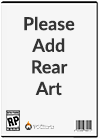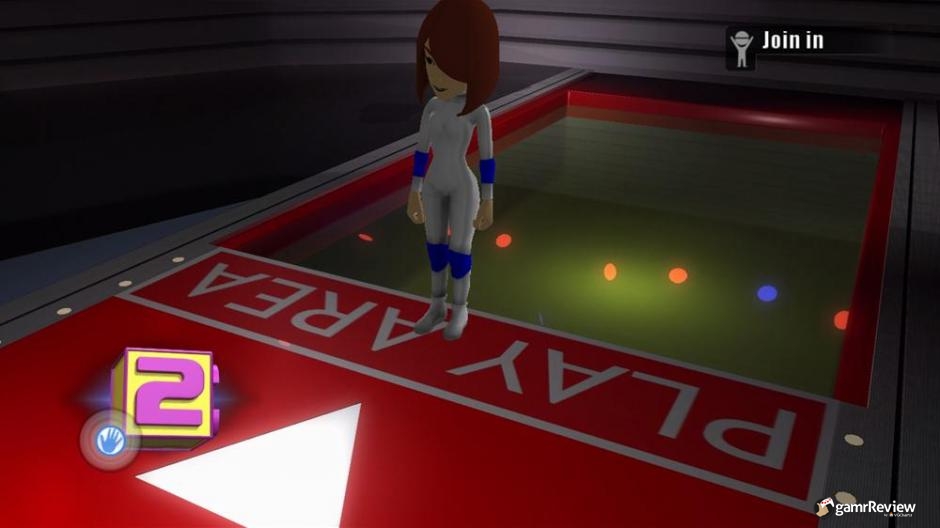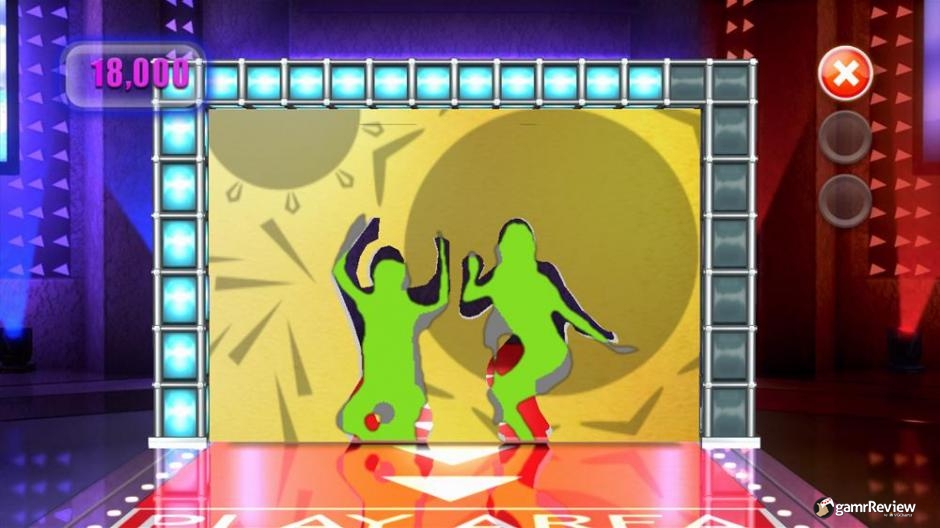Existing User Log In
New User Registration
Register for a free account to gain full access to the VGChartz Network and join our thriving community.





America - Front


America - Back

Hole In The Wall is brought to you courtesy of Ludia. Ludia is a developer that specializes in creating games from TV shows, so them creating Hole In The Wall for Kinect is pretty much a no-brainer.
And there is merit to the idea as well. The TV show is about people trying to squeeze themselves through oddly shaped holes in walls that will push them into the water if they're unsuccessful. So, when I tell you that Hole In The Wall is a bad game, the question is: where did Ludia go wrong?

First the presentation. It's clearly trying to stay true to the American version of the TV show and manages to pick that up in its aesthetics, but it doesn't have any punch in it. The developers haven't managed to put any personality into the presentation, it's just your avatar in something that tries to resemble the TV show. The graphics are pretty average, lacking any kind of personality. The sound effects are taken from the TV show, but in a fairly limited fashion so it doesn't draw you into the experience.
Okay, so the presentation doesn't do much good, but what about the meat of the game - the gameplay?
Unfortunately, there isn't much to get excited about here either. You have two modes to play, one called ”Quick Survival” where you have to survive past as many walls as possible, and one called ”Show” where you're competing in a few preliminary rounds in order to reach the final round, and with it a special challenge. Completing a final round in “Show” will then unlock a new theme of holes for you to try and clear. They don't present any real gameplay variation, more so just visual changes.
What isn't like the TV show, however, is that you have to fill out the hole for a certain amount of time before you can pass, and you will get points dependant on how long you take to get it done. From a game perspective it makes sense as a mechanic, but it also means you will get pushed into the water if you're not done before the wall hits you, regardless of whether you're actually clear of the wall or not. In essence, once you've passed one wall, you've seen all the game has to offer. In the ”Show” mode, you do get a special final round with a small additional challenge, but it really doesn't alter the game in any real way. This can be something like moving the wall faster towards you, or reducing the light so the hole isn't as easy to see.

Ludia have made one great decision though, and that is to allow for local multiplayer in all modes. In ”Quick Survival” you can have two-player cooperative play, and in ”Show” you can play both cooperatively and competitively. You can only have two players on at a time, but two players can compete against another team of two locally. Local multiplayer doesn't magically transform Hole in the Wall into a good game, but with a friend it can be really fun. That's because Hole In The Wall is based around making people look silly, and the game does it quite well, and takes pictures of you on top of that.
If the Kinect implementation was good enough, the game could have made for a decent party game then, unfortunately Ludia's Kinect usage is quite rough around the edges. You'll often find yourself frustrated because the game refuses to acknowledge that you're actually doing what it wants you to do. Sometimes it will gladly let you pass on some half-sloppy pose you're doing, while other times you can't match the pose better but the game will consistently fail you on it. When you are only allowed to fail a certain amount of times, this can be incredibly frustrating.
For 800 Microsoft Points, Hole In The Wall offers very little content and what it does offer isn't of a very high standard. On one hand, you can blame the developer for making a half-hearted game, but on the other hand, it feels like a terrible choice of license, because it really doesn't have any variety. You can have fun with Hole In The Wall, but only in two ways: one, it makes you and your friends look stupid while playing, and two, the game itself is so cheesy you can't help laughing at it from time to time.









